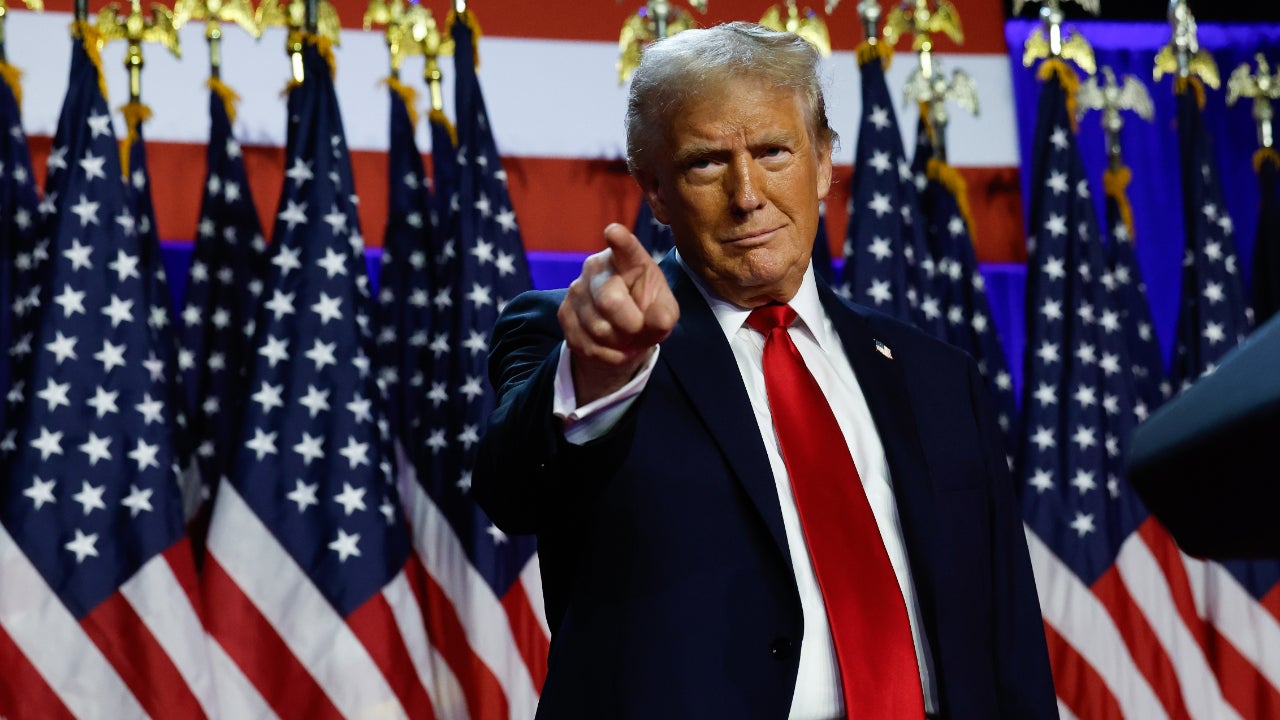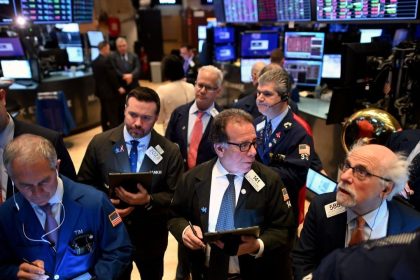Donald Trump won decisively in the U.S. presidential election and the U.S. bond market celebrated by falling, at least in the immediate aftermath of the news. The market’s reaction suggests that many investors are expecting a more inflationary environment as a result of the Trump administration’s second-term policies.
The benchmark 10-year Treasury rate rose by as much as 18 basis points the day after the election, pushing the overall rate on the bond to 4.47 percent. The price of bonds and their yield move inversely, with prices falling as rates rise. A rising yield on Treasurys raises the cost of the U.S. federal government when it borrows new money or rolls over existing debts.
Many investors expect that the federal government under Trump will maintain high deficit spending amid accommodative rate policy from the Federal Reserve. So, many are selling their bonds or actively betting against bonds in advance of any further rises in long-term rates.
Trump spending plans and the federal deficit
Trump has promised a litany of things on the campaign trail – revamped immigration policy, a raise in tariffs, further tax cuts – each of which could aid in increasing inflation. Whether any of these things comes to pass is still anyone’s guess. But Trump and federal legislators have one thing that they will likely act on next year: a renewal of the 2017 Tax Cuts and Jobs Acts, the so-called Trump tax cuts, which are scheduled to expire at the end of 2025.
The Trump tax cuts contributed to annual budget deficits significantly, helping lead to spiraling federal debt, which now totals around $36 trillion. Significant spending under the Biden administration, including for COVID relief, added further to that debt.
Many experts foresee the Trump tax cuts being extended, leaving the U.S. with a still-gaping hole in its finances if spending remains the same.
“A temporary extension is the more likely outcome” than a permanent extension, says Michael Wronsky, a director at Baker Tilly’s Washington tax council practice. He notes that this assumes “Republicans retain control of the House of Representatives.”
As federal debt rises to higher levels and costs more of the annual budget to service, investors demand to be compensated for higher risk, such as the risk of rising inflation eating away at the value of a fixed rate of return on the debt. Paying interest on the debt has also grown to become a huge expense on its own, eating up $1.049 trillion in the latest fiscal year, up 30 percent from the year before, according to the Treasury Department. That expense is not paid off but simply rolled over, adding even more to the total debt.
“Rising long-term rates significantly impact the government’s budget,” says Wronsky. “If long-term rates remain static or continue to rise, and the national debt increases, interest expenses in turn will continue to strain the budget.”
In anticipation of rising rates, some prominent investors have already been shorting the bond market. For example, billionaire hedge fund manager Stan Druckenmiller recently announced that he’s betting against U.S. Treasurys, with exposure of 15 to 20 percent of his portfolio, according to news reports. Prices on the 10-year Treasury have already fallen significantly since the Fed lowered short-term rates in mid-September, when Druckenmiller opened his position.
“Reducing short-term interest rates increases the odds the economic expansion can continue uninterrupted, but also increases the odds that inflation doesn’t improve further,” says Greg McBride, CFA, Bankrate chief financial analyst. “Both of those are suggestive of higher long-term interest rates, even as short-term rates are falling.”
Legendary trader Paul Tudor Jones said that he was taking a position against longer-term bonds as well. Jones cautioned investors about U.S. government spending and inflation under a new Trump administration and warned that a big sell-off in the bond market could occur.
Bank stocks responded favorably to Trump’s election, another sign that the long end of the yield curve may be rising. The SPDR S&P Regional Banking ETF (KRE) bounced some 13 percent at one point on the day after the election. Banks lend with relatively short-term money – the cost of which the Federal Reserve has been lowering recently – and lend with long-term money. So the strong move here suggests banks are poised to benefit on both sides of rates.
Strategies to counter the potential for higher bond yields
If rates continue rising as some investors such as Druckenmiller and Jones suggest, they could create significant havoc on financial markets, whether you’re investing in bonds or stocks. But that doesn’t mean it’s a call for everyone to bail out of the market, at least not yet.
Stick to the short end of the curve
A change in interest rates typically affects longer-term bonds more than it does short-term bonds. Bonds expiring in the next year or two will feel minimal impact from an environment of rising rates. Because of this, many financial advisors recommend that investors take advantage and shelter in the short-end of the rate curve. If the Federal Reserve does reverse course and raise rates to fight resurgent inflation, those at the short-end will enjoy the benefits of rising rates.
Match your needs to your investments
If you need money for longer periods, match your needs to your exposure. For example, if you need money in five years and not before, it can be alright to own longer-term fixed income.
“If you’re holding long-term bonds because the maturity dates are aligned with your future cash flow needs, you have natural immunity to price fluctuations as interest rates change,” says McBride.
“If you’re instead holding long-term bonds as a risk diversifier in your portfolio, well, long-term bonds are particularly volatile and might not offer much refuge from short-term portfolio volatility,” he adds.
Realize that projections change over time
The 10-year Treasury note has risen at a torrid pace since the Fed first lowered the fed funds rate in September. While rapidly rising Treasury rates are definitely something to keep an eye on, investors shouldn’t flee for the hills yet.
“The movement of long-term interest rates will be cued by the outlook for economic growth and inflation,” says McBride. “Projecting higher interest rates based on how things look today is subject to revision based on what is seen in the actual data over the next year.”
While investors may be adjusting their expectations for rates now, new data comes in all the time.
“Case in point: remember all those projections at the beginning of the year for as many as six interest rate cuts in 2024 by the Fed? The data eventually overruled that,” says McBride.
Bottom line
Prominent investors are skeptical that the next Trump administration will rein in deficit spending and keep a hold on inflation. If investors begin to demand much higher rates to invest in U.S. Treasurys, it could exacerbate an already-difficult budget situation, sending markets into a spin. Investors should keep an eye on this situation because of the potential for significant disruption.
Editorial Disclaimer: All investors are advised to conduct their own independent research into investment strategies before making an investment decision. In addition, investors are advised that past investment product performance is no guarantee of future price appreciation.
Read the full article here






